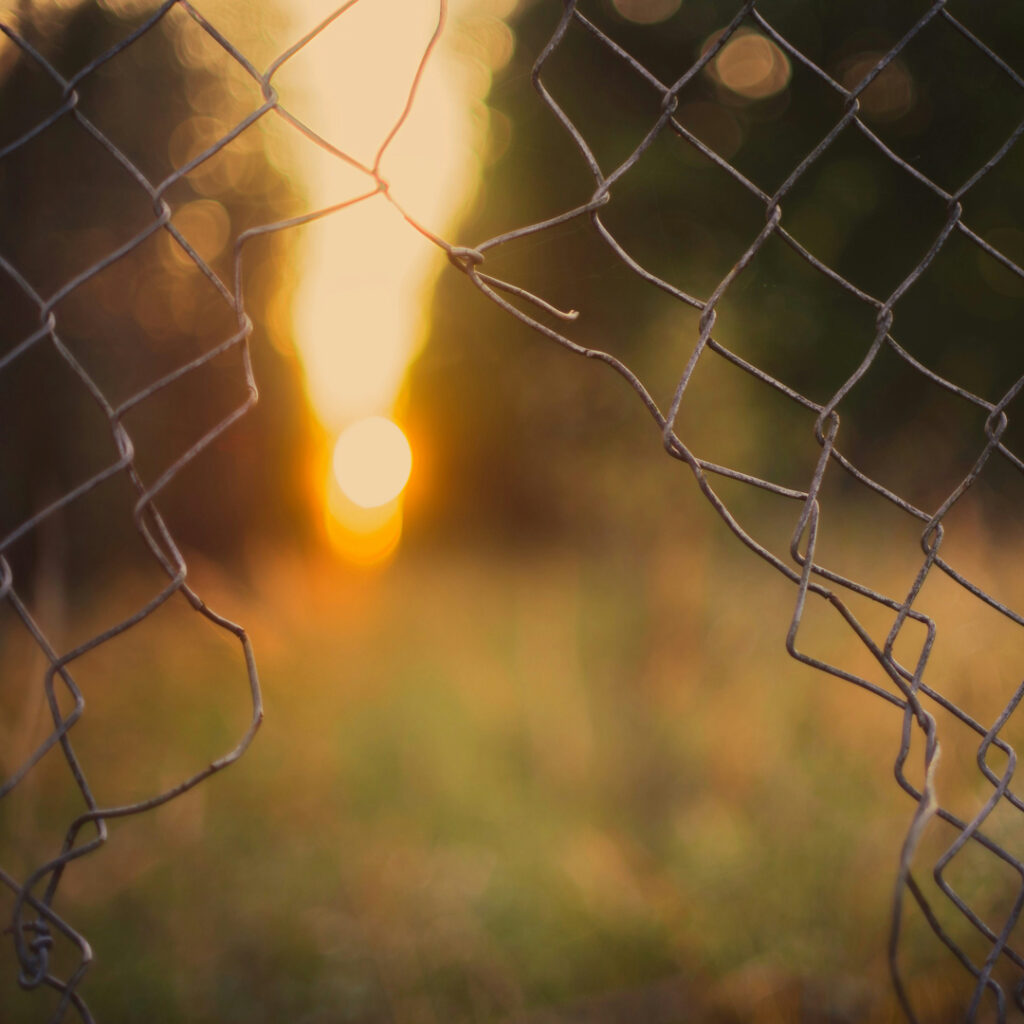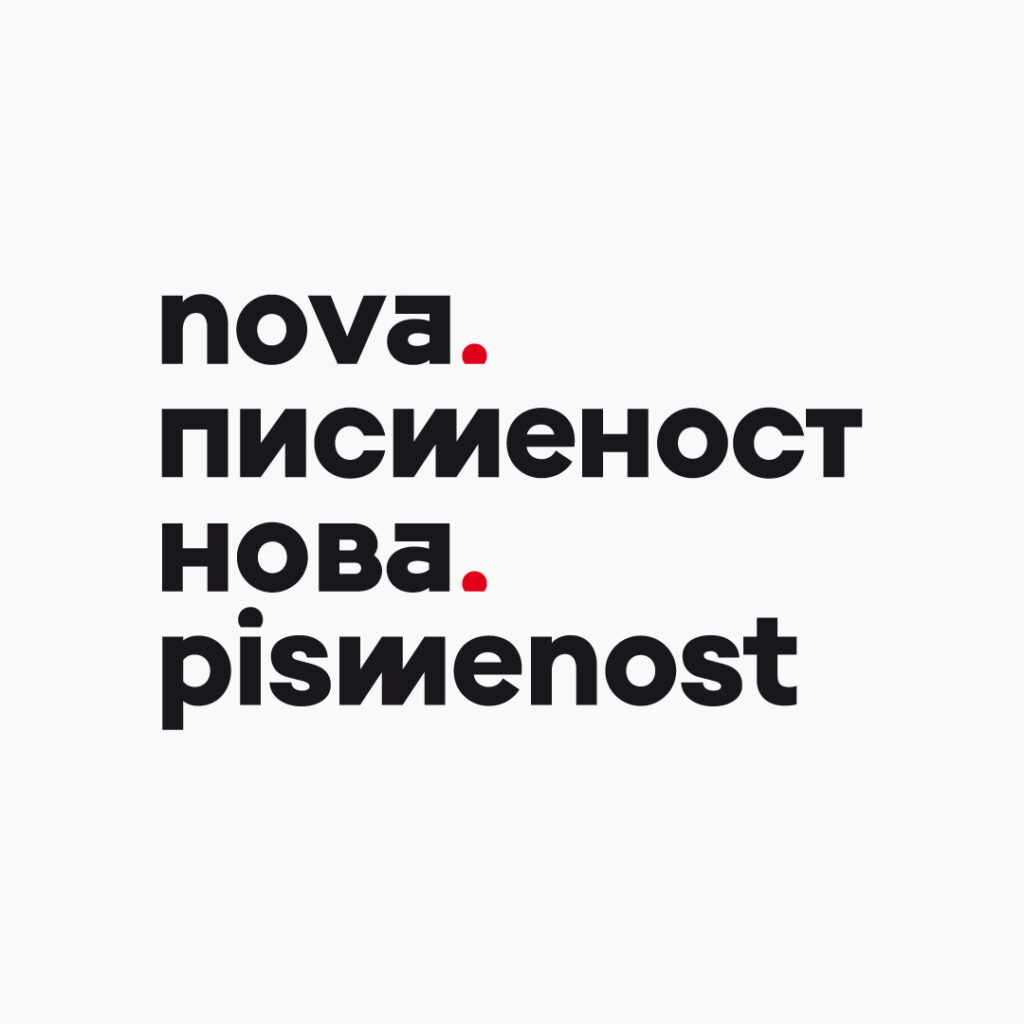If nearly 60% of citizens believe spin, disinformation, and propaganda plague our media landscape—as revealed by CeSID’s ongoing New Literacy research for Propulsion and USAID—then who exactly is doing the spinning? Over a third point to the most-watched national TV channel, followed by public broadcasters, two tabloids with their online portals, and one (barely watched) national frequency. Yet when asked “Which media do you follow most?” citizens name—you guessed it—these very outlets. How does this paradox persist?
One might assume people have simply tuned out a world gone mad, retreating into private bubbles of self-preservation. Of course not. Consider this: 83% of parents think their kids waste time on YouTube, while teens actually spend hours daily on TikTok, glued to influencers who—they claim—“show the world as it really is, no filters.” Parents and teachers vaguely recognize these digital stars exist, but through a distorted lens: clueless about what messages their children absorb, beyond occasional tabloid headlines screaming about some influencer’s tragic demise. So Gen Z constructs reality through random internet strangers they follow religiously—on platforms their parents can’t navigate—while adults soak up propaganda from the very TV channels and portals teens haven’t touched in years.§
Under one roof, two parallel universes: parents scrolling fear-mongering headlines on portals, teens scrolling unfiltered TikTok takes—neither speaking the other’s language. The influencers holding generational minds hostage wield nuclear-level cultural impact, yet most have no clue how to use it responsibly. Meanwhile, legacy media bombards adults with spin they swallow uncritically.
What’s to be done?
First, let’s acknowledge our media ecosystem’s dizzying complexity—enough to make anyone throw up their hands. Second, resist the urge to lecture each other (however tempting) and instead listen across generations about this new digital literacy. Third—think systemically. Parents, educators, influencers, policymakers, media, businesses: New Literacy works with all these groups to collaboratively map this chaotic terrain and gradually, step by step, become fluent in the language of our new reality.
If motivation is strong, even Chinese can be learned overnight. This? Far more complex—but exponentially more urgent. Feeling overwhelmed? Don’t worry—at least you’re not alone.










